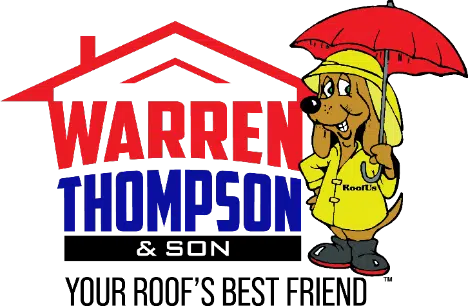New homeowners – or even those who have been in the role for years – may scratch their heads when it comes to identifying gutter damage. What exactly does that rust spot mean? If rainwater overflows the gutters once in a while, does that mean I need all new gutters? My gutters have a dent in a couple of places; does that mean I should replace them?
The answers to these questions aren’t necessarily cut and dried, but they also don’t always require the services of a professional gutter or roofing contractor to tell you what you are up against. This basic checklist can help give you an understanding of the condition of your home’s gutters, so you can decide what needs to happen next.
- Gutters are full of debris.
If you checked this item, the solution is as simple as making it a habit to clean them regularly. Twice a year is recommended. This is important because gutters that fill up with mud, sludge, and leaves can quickly cause bigger issues including deterioration of your roof from moisture damage, or gutters that back up, overflow, and cause pooling water around your home’s foundation. - Birds or other critters have made nests in gutters.
Although no one wants to evict these little fellows, gutters aren’t suitable homes for nests of any kind. If you find a nest in your gutters, it is important to quickly remove it so it can’t cause your gutter system to become clogged and back up. - There is standing water in at least one section of the gutter.
This issue can point to a clogged downspout that is preventing water from draining out of the gutter system. It might also mean the gutters aren’t balanced appropriately and need to be adjusted to allow water to flow away from your home. Either way, it’s worth a closer look. - Gutters have holes, cracks, or leaks.
Holes or cracks lead to leaks which can cause permanent damage if left unrepaired. Depending on the age of your gutters and a variety of other factors, it is possible to patch the holes with caulk or sealants. Larger cracks or holes probably need to be replaced. - Downspouts are clogged.
This one is relatively easy but does require immediate attention. Clogged downspouts can be flushed with high-pressure water or other means to get things flowing again. If left clogged, gutters can back up, overflow, and cause damage both inside and outside of the home. - Gutters are beginning to tear away from the home, are rusted, or are sagging.
Gutters that are beginning to tear away from the home aren’t able to do the important job of routing water away from your roof and foundation. This requires reattachment and repair and making sure the gutters are level during this repair process is also important. Rust in a few places doesn’t necessarily mean it’s time for new gutters, but it does point to aging gutters that may need replacement sooner rather than later. - Some downspouts are missing or loose.
It may be as simple as replacing or reattaching a downspout. A downspout that is missing or out of place within the gutter system cannot work to funnel water away, and that can lead to bigger problems. - There is pooling water around the home’s foundation.
This is an even more troublesome indicator that your home’s gutter system needs some attention. Simply put, pooling water is a sign that your gutters aren’t able to do their job effectively. Foundation issues and erosion are serious problems that can result in significant damage of your home. - There is visible water damage to the exterior walls.
This can be an indicator that you’ve had a gutter and water problem for a long time. It is also likely that some of the other items in this list have big checkmarks next to them. Time to look into gutter repair or replacement options. - Interior walls or ceilings have evidence of water damage.
This one is a little more subtle, but no less concerning. If you see water stains on the interior walls or ceilings, it usually means water is getting inside your home from the roof. Whether or not it is caused by ice dams in winter that allow water to back up on your roof, or if there is a bigger issue with your home’s gutters, this is a sign that something is amiss.
